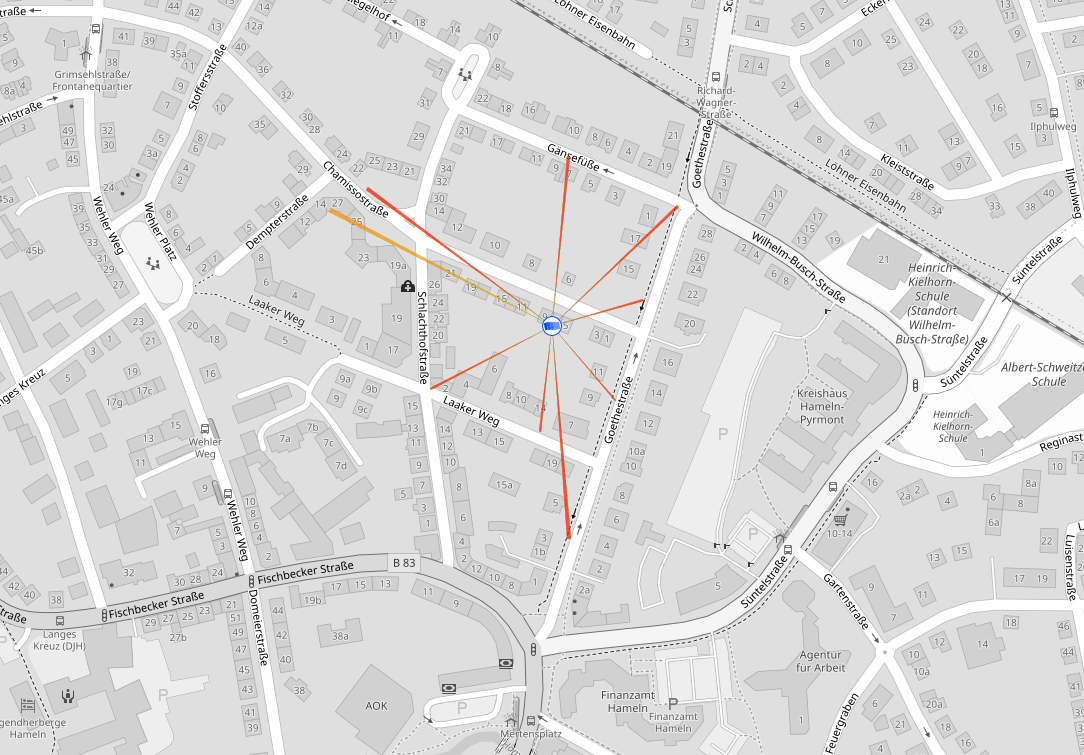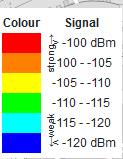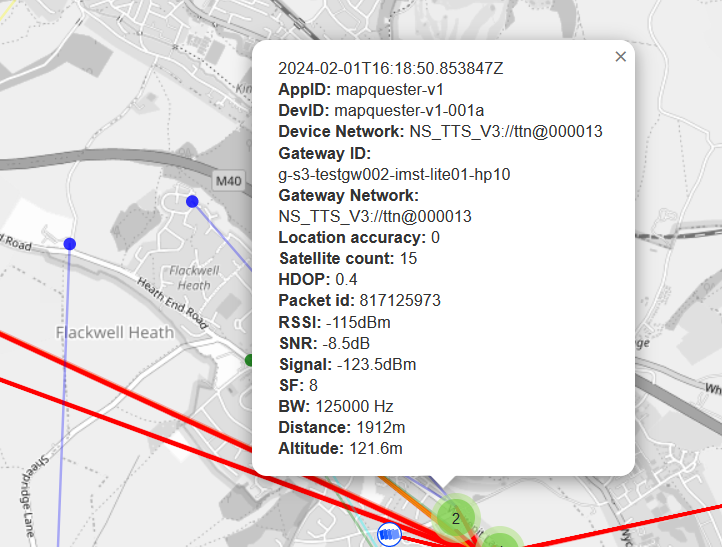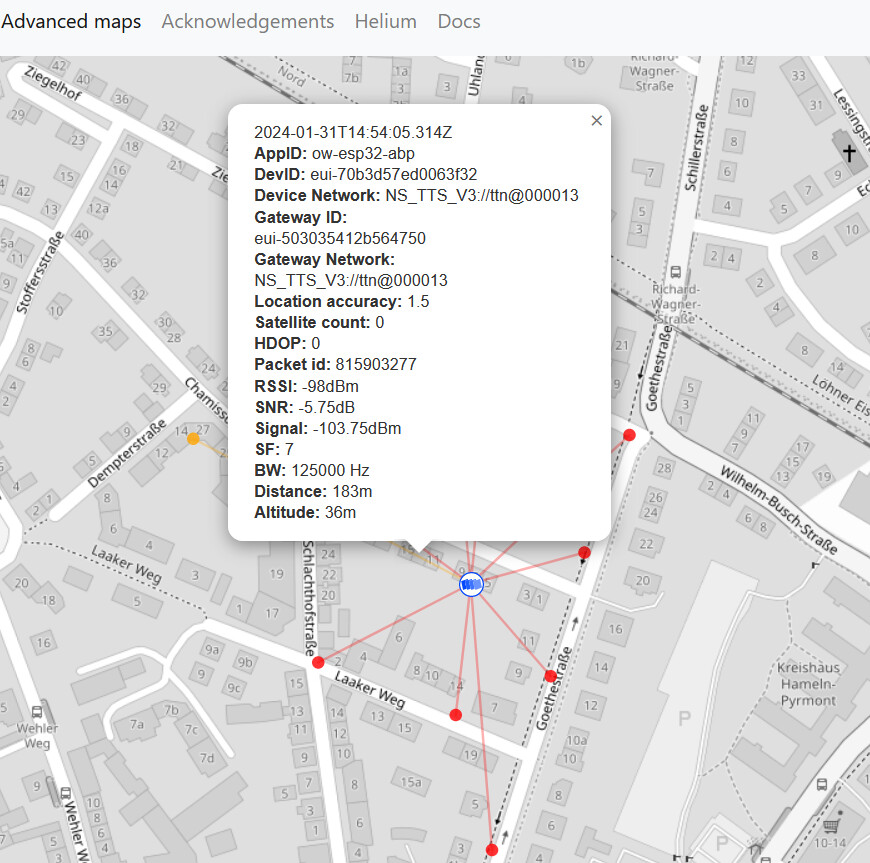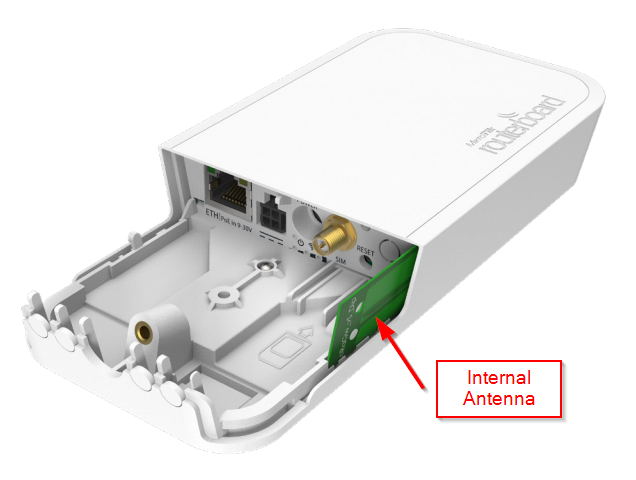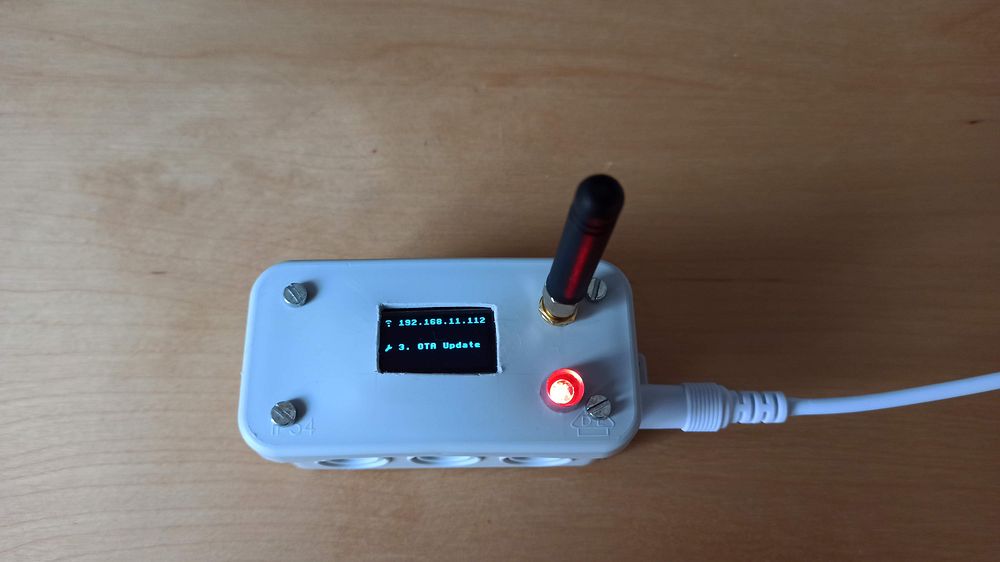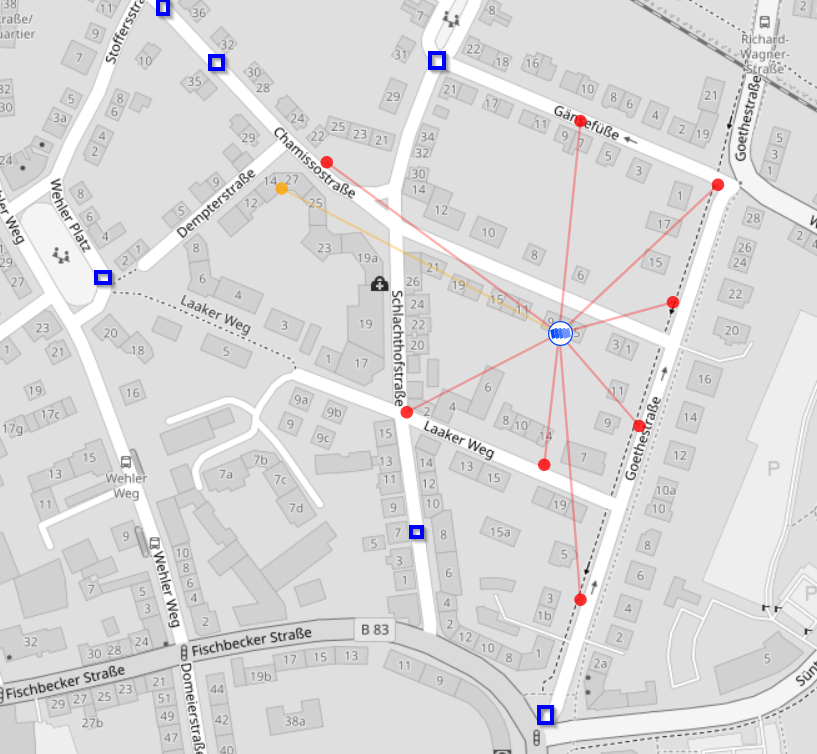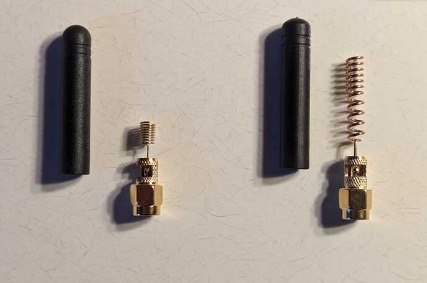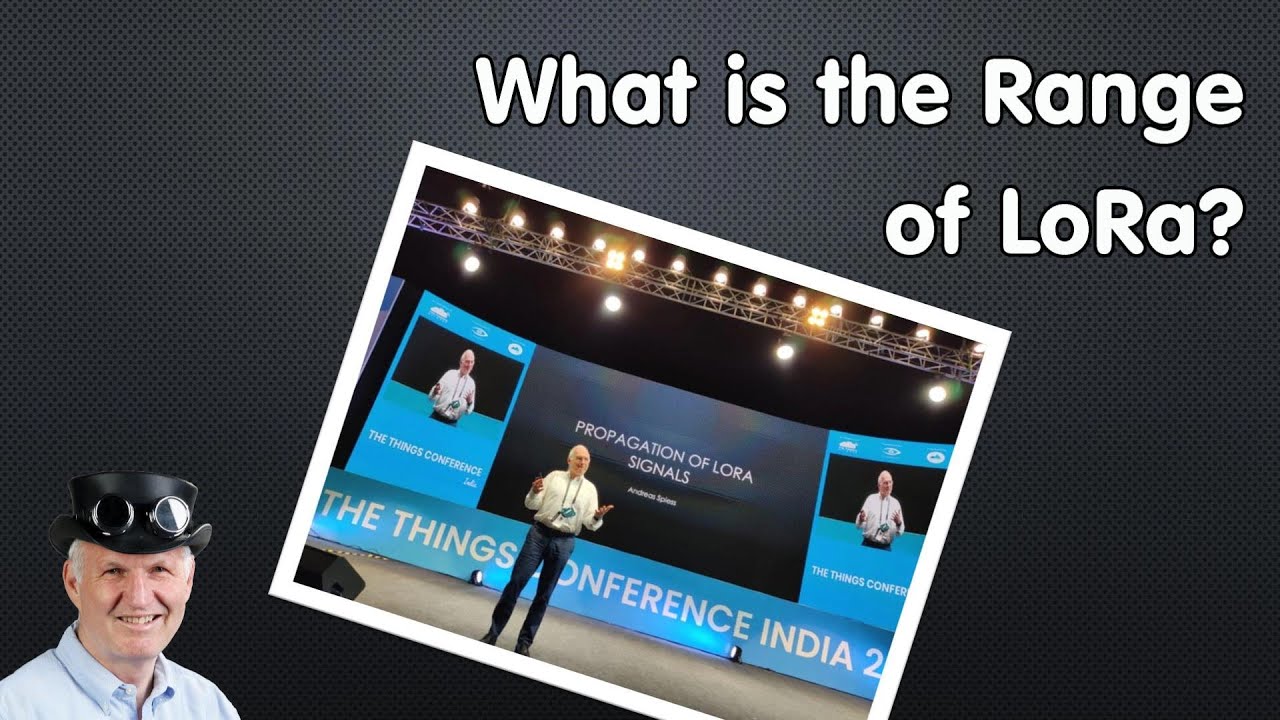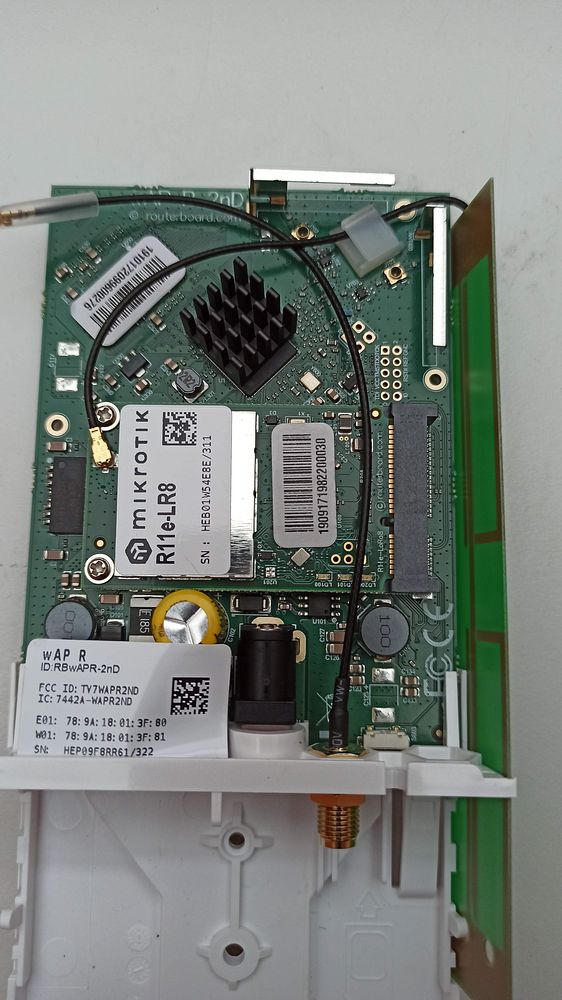Hi Forum,
I’m relatively new to LoRaWAN (but not to electronics and software). I installed a gateway in my house, prepared a EPS32 based test-board and registered all with TTN. Then I did some coverage test by using the TTN-Mapper Android App.
I was a bit disappointed by the results. But maybe that’s OK, because the gateway is located inside (though on roof level) and uses currently the built-in antenna.
But what makes me wonder is the fact, that I was only able to record high RSSI signals (in the attached screen-shot only red and a few orange beams). I would have expected to see - moving away from the gateway - after strong signals medium signals, finally weak signals and only then loose the connection to the gateway. But for me it was strong signals or nothing.
Is my expectation wrong?
Is there something one can do wrong while doing the measurement?
Could it be a configuration issue? For me it looks like I have checked somewhere “accept only strong signals”, though I’m not aware of any setting in that direction.
Thank you for your suggestions!
Christian
